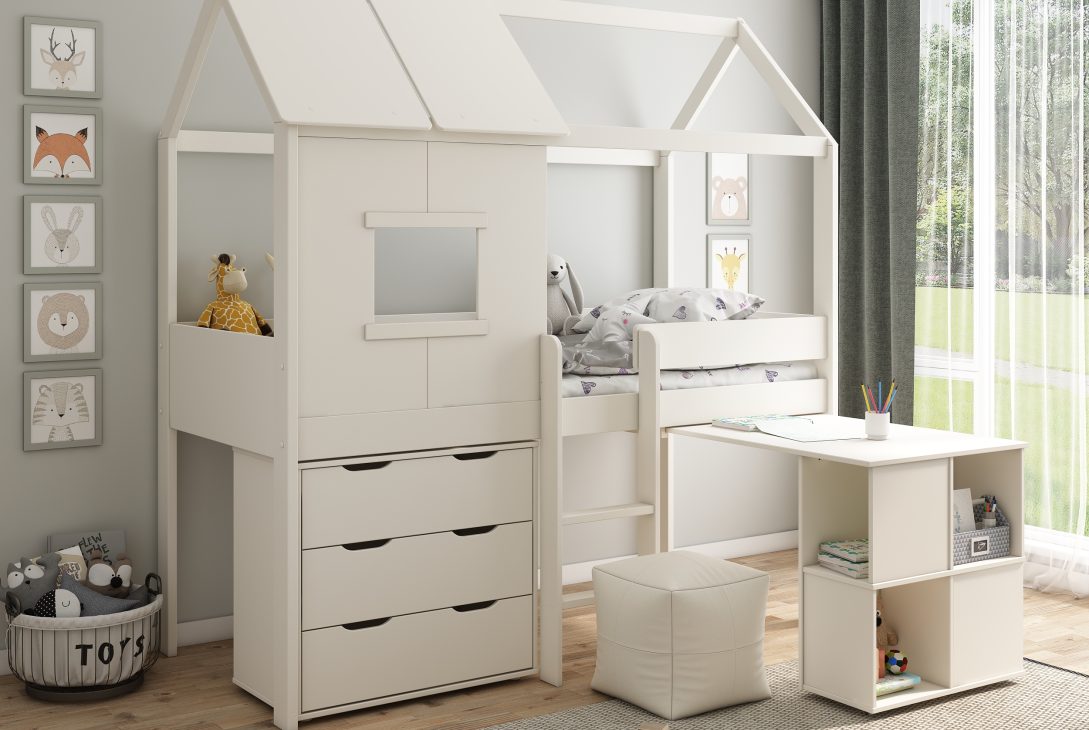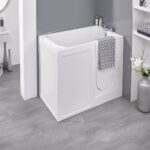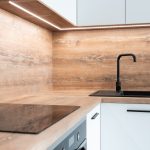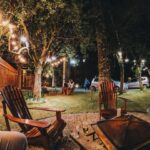The design and functionality of children’s beds have undergone a significant evolution over the years. In 2024, parents and designers have an exciting array of options when it comes to creating a comfortable, stylish, and functional sleeping space for kids. From traditional cribs to high-tech sleep systems, the range of choices reflects not only the advancement of technology but also the shifting needs and priorities of modern families.
In this comprehensive blog post, we will explore the past, present, and potential future of kids’ bed design, providing insights for parents, interior design enthusiasts, and furniture retailers alike. The post will examine the impact of beds on children’s development, highlight the latest trends in bed design, and showcase innovative products revolutionising the market.

Traditional vs. Modern Kids’ Beds
A Glimpse at Classic Designs
Historically, children’s beds have been simple and functional, often passed down through generations. Wooden cribs, wrought-iron bedsteads, and the classic bunk bed are exemplars of bed design that have stood the test of time. These beds were designed primarily with safety and durability in mind, representing the practical approach of previous eras.
The Modern Revolution
In contrast, modern bed designs for kids have evolved to encompass a wide range of styles and functionalities. From whimsical princess carriages to loft beds with built-in desks, today’s beds are far more than just a place to sleep—they are play spaces, study nooks, and even storage solutions. The introduction of materials like plastic and engineered wood has allowed for greater versatility in design, enabling beds to mirror popular culture and children’s favourite themes from movies and TV shows.
Current Trends in Kids’ Beds
Analysing 2024’s Popular Designs
The present era is seeing a resurgence of minimalist bed frames with clean lines and unadorned surfaces, a design choice that aligns with the popular Scandinavian aesthetic. Functional beds with multiple uses, such as convertible cribs that transform into full-size toddler beds or daybeds, are also gaining popularity as families look for long-term solutions to their children’s sleeping needs.
Marriage of Tech and Comfort
Incorporating technology into bed design is a growing trend. This can involve integrating sound systems for story-time or smart lighting that changes with moods or activities. These tech-savvy additions are as practical as they are fun, promoting good sleep hygiene by establishing calming bedtime routines.
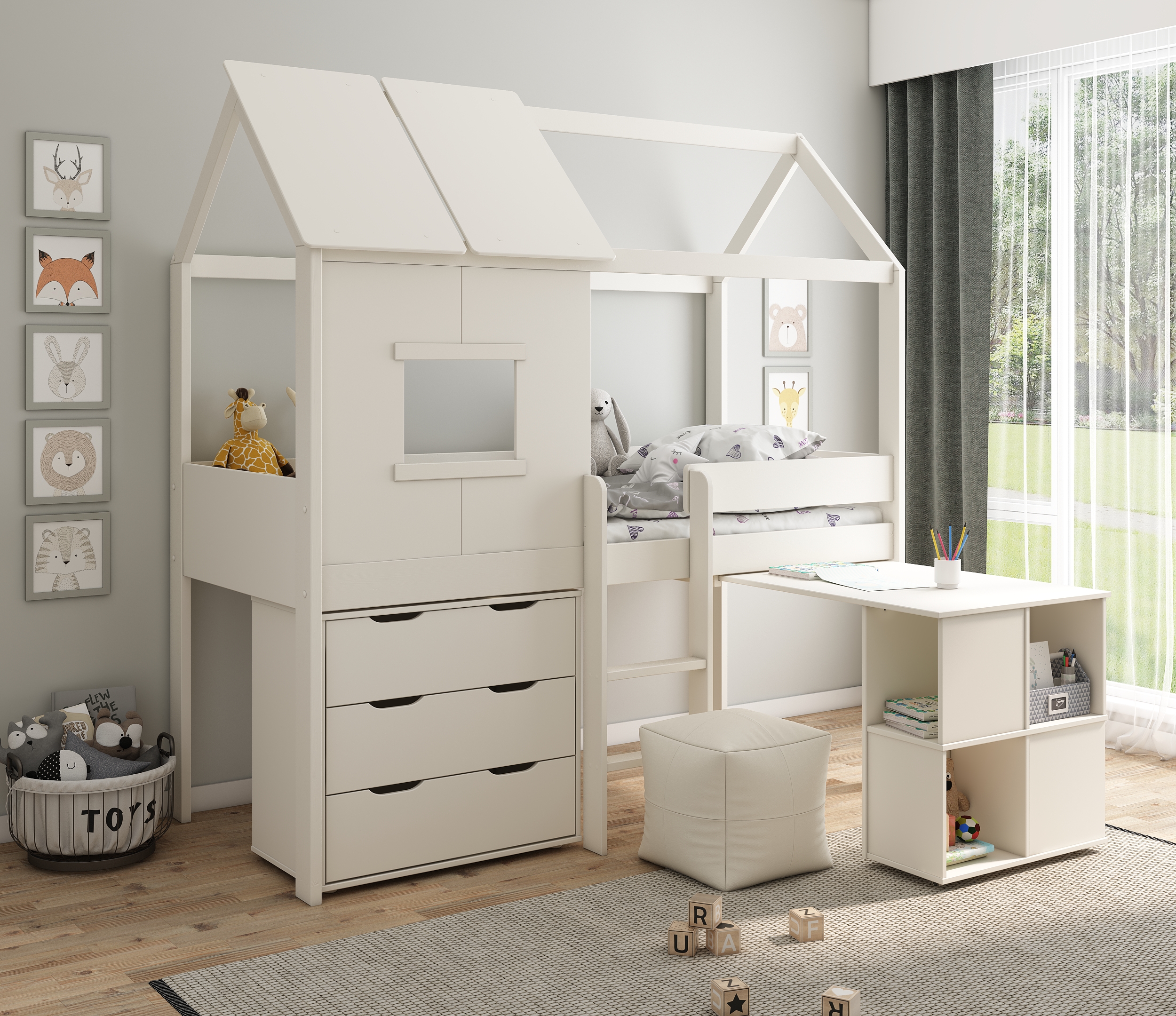
The Ordi Midi Playhouse Bed by Kids Avenue. Shop at Kids Beds Online.
Sustainability in Kids’ Bedrooms
Sustainability has become a focal point for many parents and designers, and the bed industry is no exception. Renewable materials, low-VOC finishes, and biodegradable packaging are some of the eco-conscious features that are now standard in many kids’ beds. Manufacturers are also developing beds that are designed to adjust and transform, ensuring that they can meet a child’s needs from infancy to adolescence without contributing to waste.
Innovations Shaping the Future
Cutting-Edge Designs and Materials
Looking towards the future of kids’ beds, we can anticipate more use of innovative materials. Memory foam mattresses and beds with adjustable firmness levels could become the new norm, catering to individual sleep preferences from an early age. Designs are likely to become even more creative, with possibilities ranging from space-saving foldaway beds to beds that can be configured into different shapes to suit various room layouts and purposes.
Future-Proofing with Expandable Furniture
Another noteworthy innovation is the concept of expandable furniture. Future kids’ beds could be modular, allowing for increasing customisation as a child grows and their needs change. This versatility not only promotes sustainability by lengthening the lifespan of the furniture but also provides a continuously engaging environment that adapts to a child’s evolving personality and interests.
Virtual Integration and Customisation
With the rise of virtual and augmented reality, we might see a trend toward beds that can be customised through digital interfaces. Imagine a bed frame that can be tailored to any colour or pattern via an app, or a themed headboard that can be changed with the swipe of a screen. This level of customisation would provide parents and children with the creative freedom to make the bed truly their own.
Practical Tips for Choosing the Right Bed
Factors to Consider
When selecting a bed for a child, it’s essential to consider several factors. The child’s age, size of the room, safety features, and the bed’s intended use are all critical aspects to think about. Parents should also think about the ease of assembly and maintenance, as well as the bed’s ability to support a healthy sleep environment.
Incorporating Trends into Your Child’s Room
For parents and designers looking to update a child’s room, incorporating the latest bed trends can be both exciting and challenging. To stay on-trend without sacrificing practicality, consider versatile pieces that can serve multiple functions. For example, a bunk bed with a futon can be used for lounging or sleepovers, while a platform bed with storage drawers can help keep the room tidy.
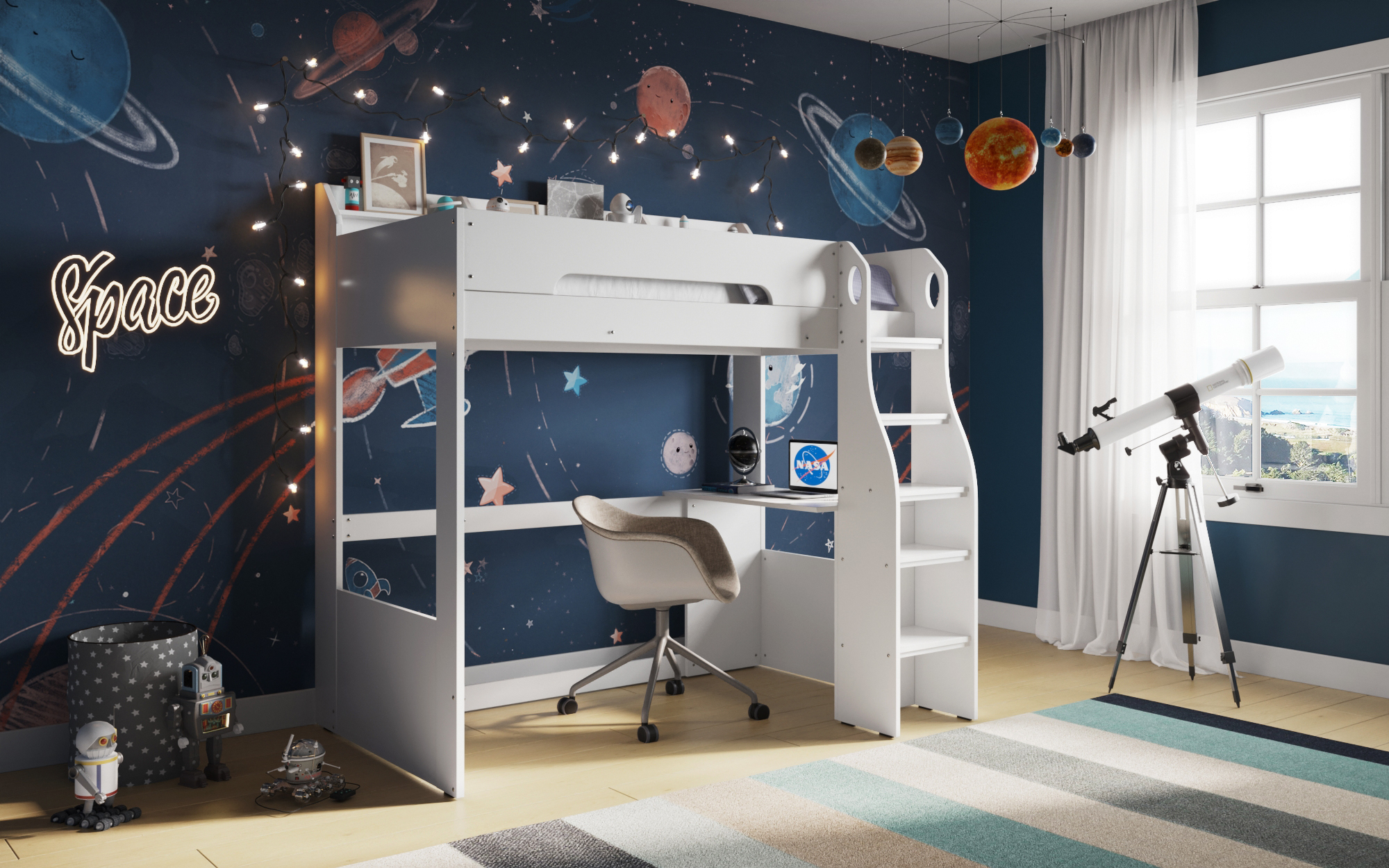
The Cosmic High Sleeper from Flair Furnishings. Shop at Kids Beds Online.
Impact of Bed Design on Child Development
The Role of Sleep in Development
Quality sleep is crucial for a child’s physical and mental development. The design of a bed can significantly influence the quality of sleep a child receives. Comfort, safety, and the ability to establish a consistent bedtime routine are key to fostering good sleep habits from an early age.
Insights from Child Psychologists
Experts in child psychology and development often stress the importance of a comfortable and secure sleep environment. Beds with built-in safety features, such as guardrails for young children, can provide the reassurance needed for a child to feel safe and sleep soundly. Similarly, incorporating a child’s preferred colours or themes in the bed design can create a positive and personal space that contributes to a sense of belonging and contentment.
Conclusion
The market for kids’ beds is continually evolving, driven by a combination of changing design preferences, technological advancements, and a growing emphasis on sustainability and child well-being. As we’ve explored in this post, the evolution of bed design offers exciting opportunities for families to create nurturing and engaging sleep spaces for their children. By staying informed about the latest trends, parents and designers can make informed choices that will benefit their child’s development for many years to come.
In this age of innovation and creativity, the possibilities for kids’ bed designs seem boundless. Whether it’s smart beds that can track a child’s sleep patterns or modular beds that grow with them, the future of kids’ beds promises to be a dynamic addition to the world of interior design. We encourage all stakeholders to stay tuned to the latest advancements in children’s furniture and contribute to the conversation about what comfortable and effective beds mean for today’s families and their little dreamers.
If you’ve enjoyed this exploration of the fascinating world of kids’ bed trends and innovations, we’d love to hear your thoughts and experiences. Feel free to share with us how you’ve chosen to incorporate the latest bed designs into your child’s room, or perhaps how you plan to do so. For further inquiries or collaboration opportunities, don’t hesitate to reach out—after all, staying connected is key to staying current in the evolving realm of kids’ bed designs.
